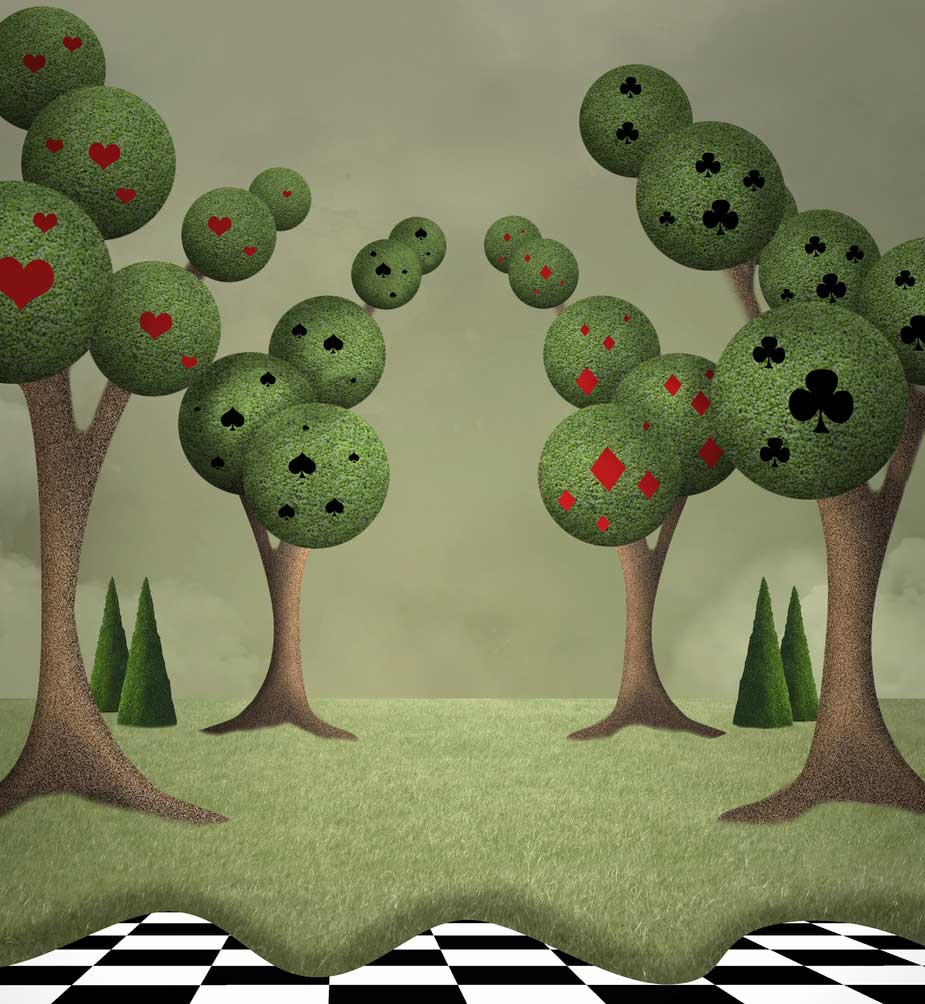impressionism
nounA theory or style of painting originating and developed in France during the 1870s, characterized by concentration on the immediate visual impression produced by a scene and by the use of unmixed primary colors and small strokes to simulate actual reflected light.
nounA literary style characterized by the use of details and mental associations to evoke subjective and sensory impressions rather than the re-creation of objective reality.
nounA style of art music of the late 1800s and early 1900s, often evoking a dreamy mood and characterized by modal or whole-tone scales, rich and often dissonant harmonies in unconventional progressions, and the avoidance of traditional forms.
nounIn art and lit., the doctrines and methods of the impressionists; the doctrine that natural objects should be painted or described as they first strike the eye in their immediate and momentary effects—that is, without selection, or artificial combination or elaboration.
nounThe name was first given to an advanced school of modern painting in France, based on the principle that effects of light in nature are momentary, and that the painter, if he wishes to be true to nature, should confine his attention and effort as closely as possible to the moment of their occurrence. In order to express the high key of natural light, a coterie of extreme impressionists, called
The theory or method of suggesting an effect or impression without elaboration of the details; — a disignation of a recent fashion in painting and etching.
nouna
a
a style that used
a school of late 19th century French painters who pictured appearances by strokes of unmixed colors to give the impression of reflected light


